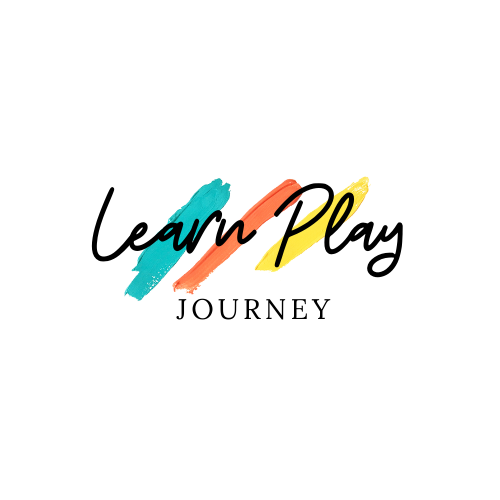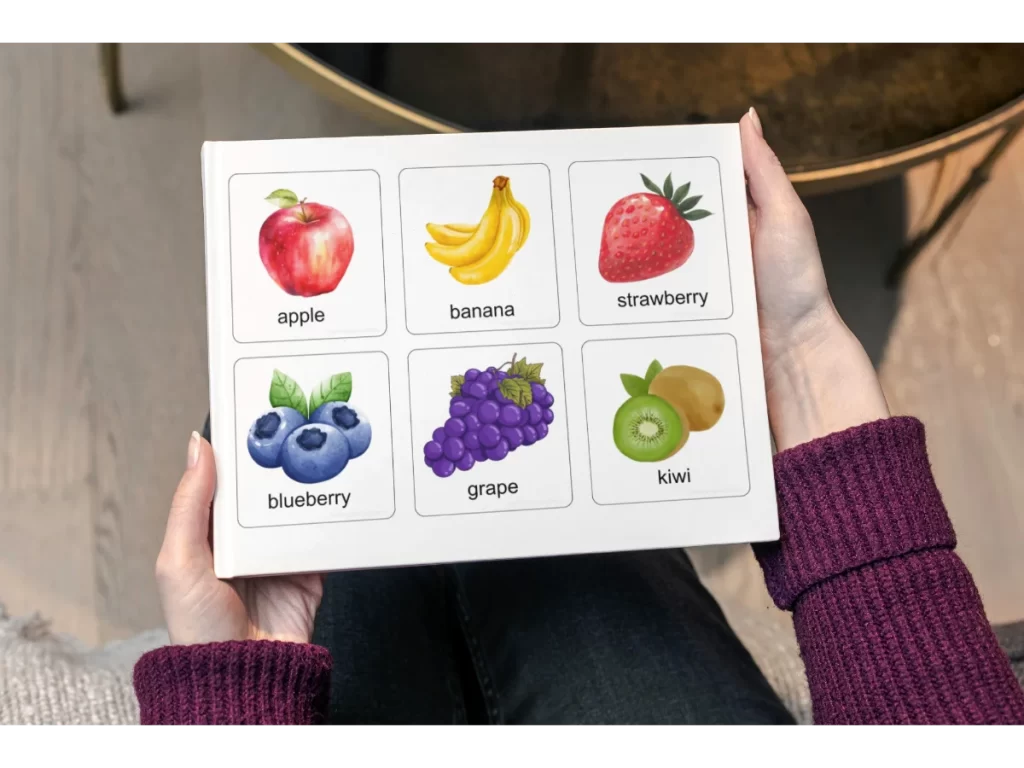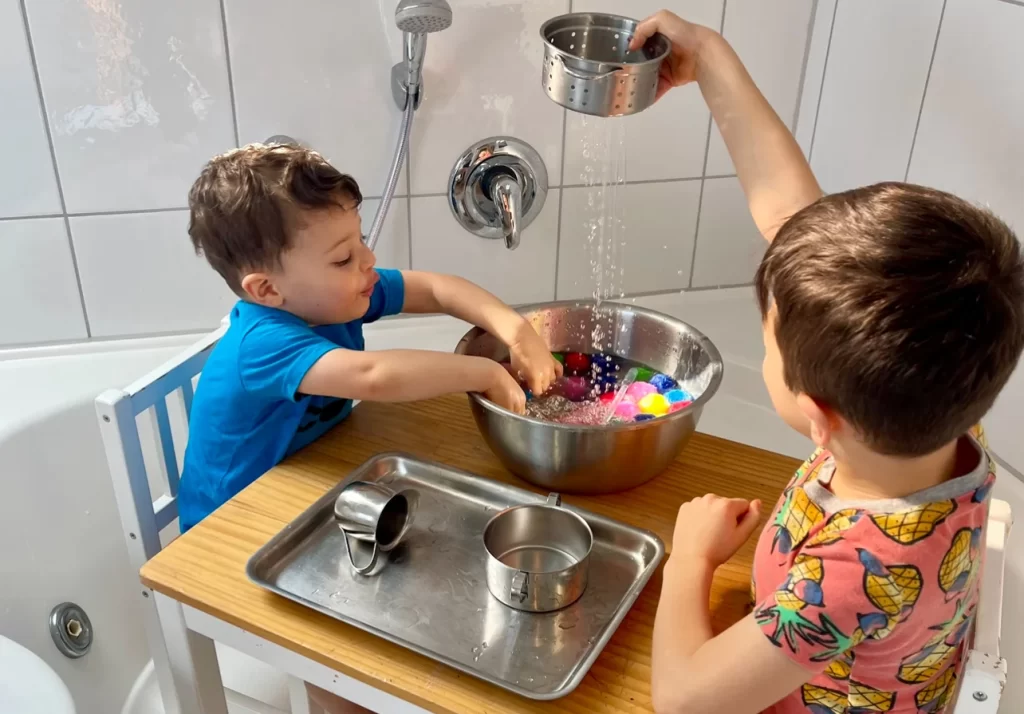Hey there, fellow parents and caregivers!
Have you ever wondered why teaching kids about primary and secondary colors is so important? As a mom, I’ve discovered that understanding colors goes far beyond just knowing the names of different hues. Today, let’s dive into why learning about primary and secondary colors is crucial for your child’s development.
1. Cognitive Development: Learning about colors helps stimulate a child’s cognitive development. By identifying and categorizing colors, kids exercise their brains and improve their ability to recognize patterns and make connections. This lays the groundwork for more complex learning tasks later on.
2. Language Skills: Introducing primary and secondary colors to children enhances their language skills. As they learn to name and describe colors, they expand their vocabulary and develop communication skills. This, in turn, helps them express themselves more effectively and understand the world around them.
3. Creativity: Understanding colors sparks creativity in children. It encourages them to experiment with different color combinations and express themselves artistically. By exploring the world of colors, kids can unleash their imagination and create beautiful works of art.
4. Problem-Solving Skills: Mixing primary colors to create secondary colors provides a hands-on lesson in problem-solving. Kids learn to predict outcomes, experiment with different combinations, and observe cause-and-effect relationships. This fosters critical thinking skills and encourages a growth mindset.
Worksheet Activities: Enhancing the Learning Experience
To support your child’s color-learning journey, I’ve created some worksheet activities for you to enjoy together:
- Color Flashcards: Download these colorful flashcards to help your child practice identifying primary and secondary colors. Laminate them and the child can practice writing! Use them for fun games like “Color Scavenger Hunt” or “Color Sorting.”
- Mixing Colors Worksheet Game: This interactive worksheet allows your child to explore color mixing in a hands-on way. They can cut out the primary color squares, mix them together, and stick the resulting secondary color in the correct box. It’s a fun and educational activity that reinforces color theory concepts.

Mess-Free Fun: Paint Droplet Mixing Activity for Kids!
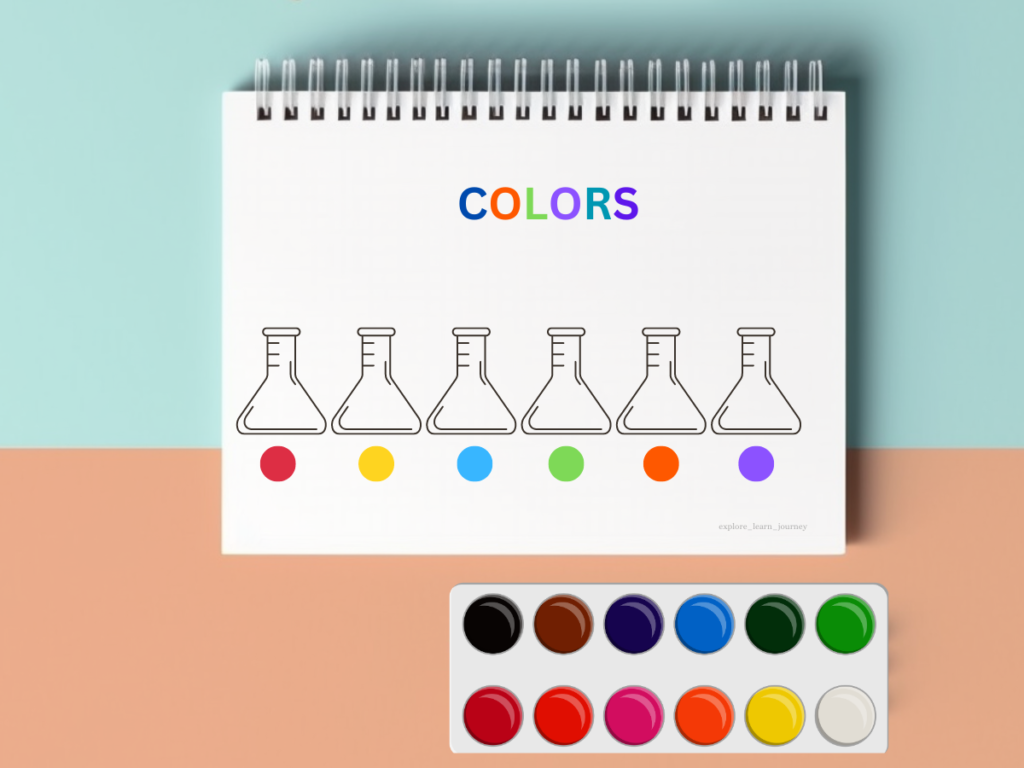
Mess-Free Fun: Oil and Paint Droplet Mixing Activity for Kids!
This is another creative activity to engage your child’s imagination. Look no further! The interactive paint droplet allows your child to mix colors on a page protector, captivating your little one’s attention.
Here’s what you’ll need:
- Printed worksheet
- Thermal laminate
- Baby oil or cooking oil
- Coloring paint
- Droppers
- Water for cleaning droppers
Instructions:
- Lay out the printed worksheet on a flat surface. Laminate the worksheet or slip it into a page protector to make it reusable.
- Wipe the baby oil or cooking oil in a small on the laminated or page protector. Pour different colors of coloring paint into separate containers. Ensure that each container has enough space for the droppers to easily extract the paint.
- Show your child how to use the dropper. Explain that they will use the droplets to mix the color, extract the color, and squeeze out on the correct flask
- Simply use water to clean: Keep a small bowl of water nearby so your child can clean the dropper between colors. This ensures that the colors don’t mix unintentionally and allows for a cleaner transition between different shades.
- As your child explores the activity, ask open-ended questions to spark their creativity and critical thinking. For example, “What happens when you mix red and blue together?” or “Can you create a pattern using alternating colors?”
- Once the activity is complete, simply wipe down the worksheet with a damp cloth to remove any excess paint and oil residue. Let it dry thoroughly before storing it for future use.
You can check out our Instagram reel for a step-by-step demonstration of this exciting activity.
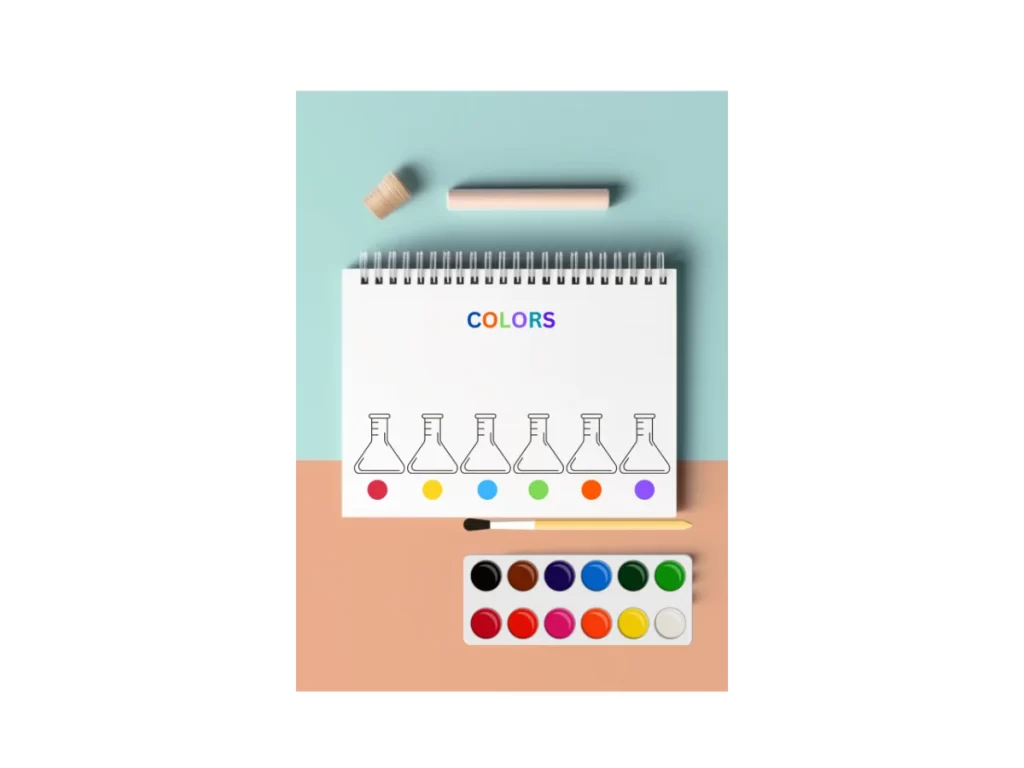
Teaching kids about primary and secondary colors is not just about rote memorization – it’s about nurturing their cognitive development, enhancing their language skills, fostering creativity, and honing problem-solving abilities. With engaging activities and resources like these worksheets, you can make learning about colors a colorful and enriching experience for your child.
So, let’s dive into the wonderful world of colors together and watch our children’s minds bloom with creativity and curiosity!
[Emely Castanos
Note: Feel free to adapt the activities to suit your child’s age and interests. The goal is to make learning about colors enjoyable and meaningful for them!
